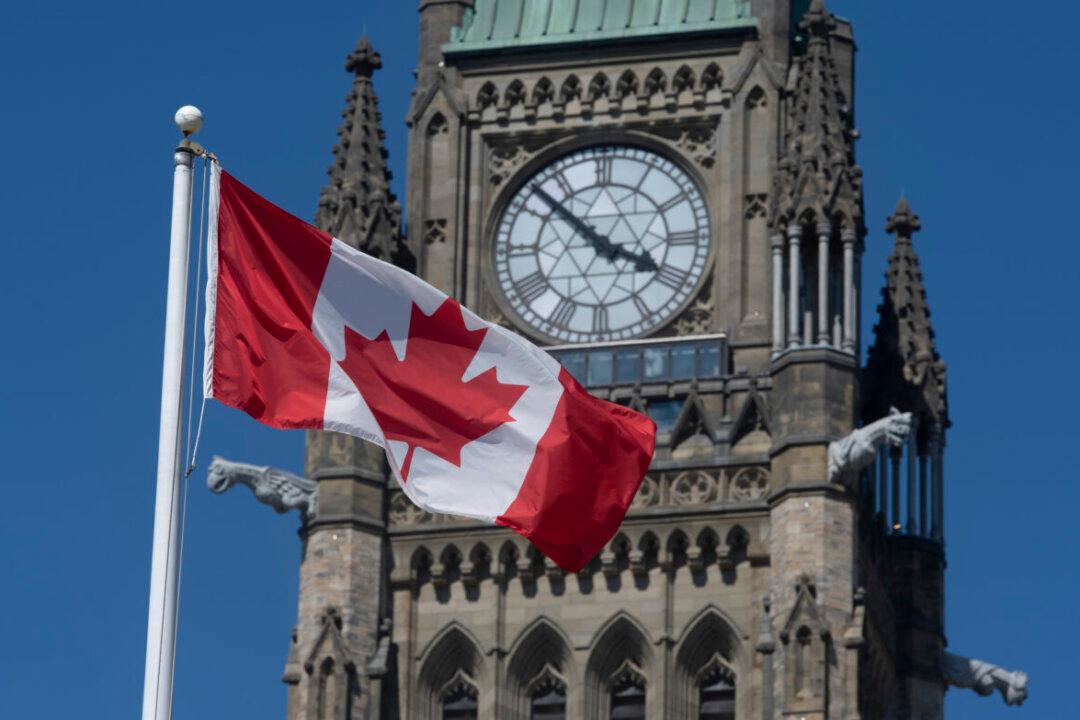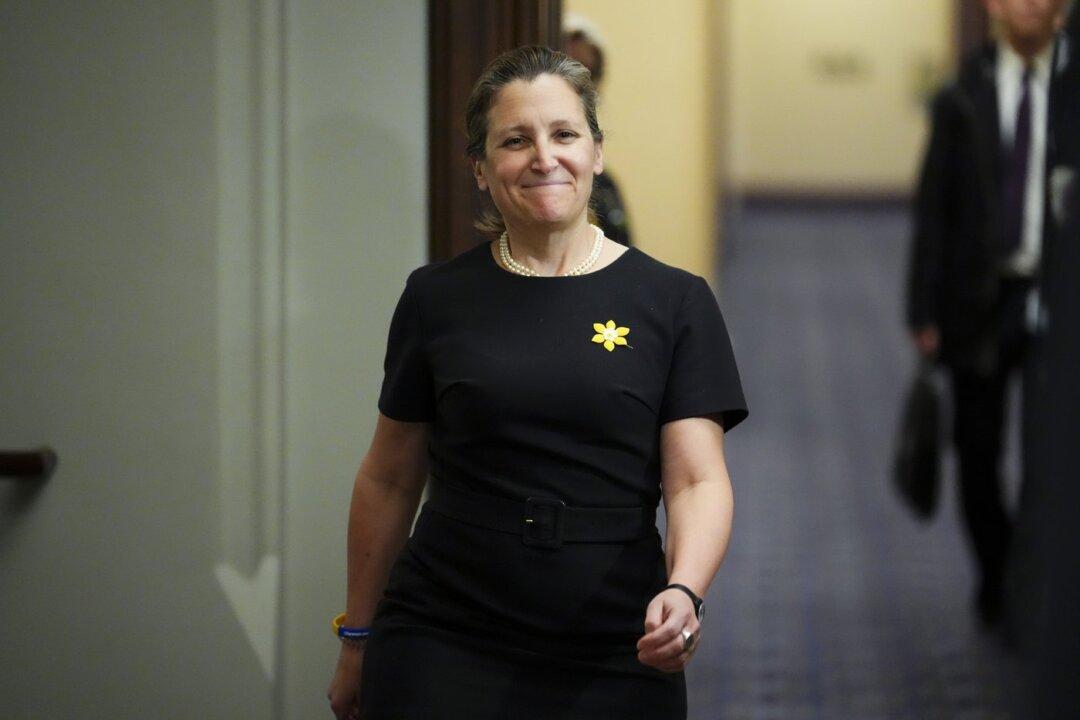Canada’s combined federal and provincial net debt is expected to exceed $2.1 trillion in the 2022–2023 fiscal year, which is nearly double what it was 15 years ago, according to a think tank report.
“Budget deficits and increasing debt have become serious fiscal challenges facing the federal and many provincial governments recently,” said the report authored by Jake Fuss, associate director of fiscal studies at the Fraser Institute.





